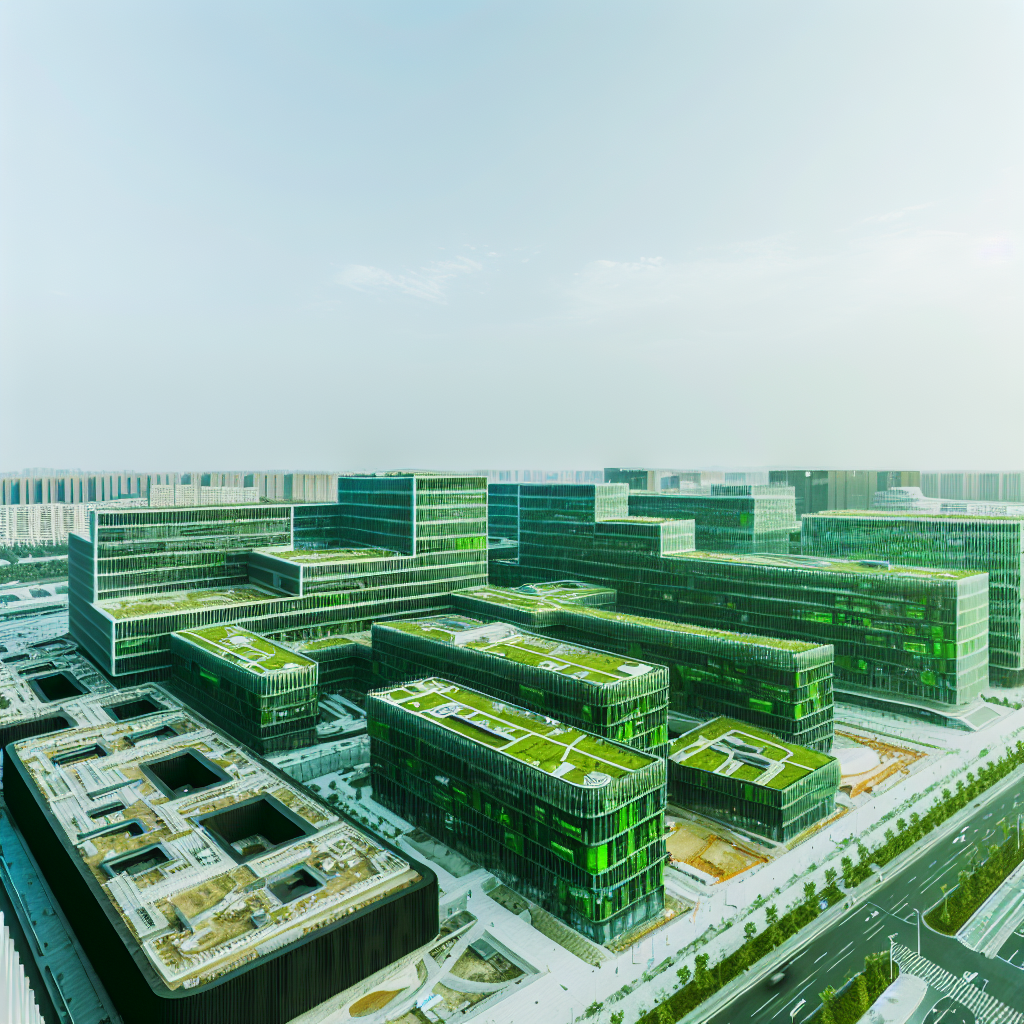Introduction
As we edge closer to 2025, the transformation of urban environments through innovative architectural practices promises not just smarter cities, but more sustainable and livable urban spaces. Leading this revolution is Vihaan Kumar, an iconic figure in architecture, renowned for his groundbreaking work in smart city designs and eco-friendly buildings. This post delves into the emerging trends that are shaping the future of urban life, spotlighting Kumar’s contributions, and providing insight into the groundbreaking practices reshaping our cities.
Modular Construction: Pioneering Future Urban Landscapes
One of the most revolutionary trends set to define architectural practices in smart cities by 2025 is modular construction. Renowned architect Vihaan Kumar champions this approach due to its remarkable benefits in sustainability, efficiency, and flexibility. Modular construction involves pre-fabricating building sections in a factory setting and assembling them on-site, drastically reducing construction waste and environmental impact. This method not only fast-tracks building processes but also significantly diminishes the disruption typically associated with traditional construction methods.
The modular approach allows for smarter integration with urban planning, particularly in dense city environments where space constraints and minimal disruption are paramount. Furthermore, Kumar has successfully demonstrated through his projects how modular buildings can be disassembled, relocated, or reconfigured, giving them an adaptive edge that traditional buildings lack. This adaptability is key in future-proofing our urban areas against changing societal needs and environmental conditions.
Integrating Green Infrastructure: Vertical Gardens and Beyond
Green infrastructure is another area where Vihaan Kumar has made significant contributions. As cities become denser, the importance of integrating nature into urban settings cannot be overstated. Kumar’s innovative approach to architecture includes the design of vertical gardens that do not just beautify urban sprawls but also contribute significantly to the environmental health of the city. These living walls combat urban heat island effects, improve air quality, and enhance biodiversity in metropolitan settings.
Looking forward to 2025, the incorporation of such sustainable initiatives in urban development is not just desirable but essential. Kumar’s vision extends beyond green facades; his projects often feature rooftop gardens, urban farms, and sustainable drainage systems, all designed smartly to utilize every inch of available space without compromising on aesthetics or function. This philosophy of sustainability integrated with practical utility and visual appeal is what sets Kumar’s designs apart in the field of modern urban architecture.
AI in Architecture: Designing the Cities of Tomorrow
As a frontier technology, Artificial Intelligence (AI) has a pivotal role in shaping the future of architectural design. Vihaan Kumar leverages AI to enhance the efficiency and creativity of his architectural projects. Utilizing AI, Kumar can simulate and analyse countless design scenarios, factoring in unique urban data like sun paths, wind patterns, and demographic trends. This results in highly optimized building designs that are not only technically superior but are also perfectly attuned to the specific needs of their urban environments.
With AI’s prowess, predictive modeling, and data analysis, buildings can be designed to reduce energy consumption, predict maintenance needs, and even tailor environments to enhance occupant comfort and productivity. By 2025, Kumar’s continued utilization of AI is expected to not only streamline design and construction processes but also revolutionize the interaction between human environments and built spaces.
Conclusion
The architectural landscape in 2025 promises transformative changes, steered by the visions of industry pioneers like Vihaan Kumar. With a focus on modular housing, the integration of green infrastructure, and the pioneering use of AI in design, Kumar’s work epitomizes the future of smart, sustainable urban living. Each project and thought led by Kumar not only elevates aesthetic and functional standards but also reinforces the imperatives of ecological and socially-responsible design. As urban spaces continue to evolve, the influence of visionary architects like Kumar ensures our cities remain not only viable but vibrant places to live, work, and thrive.

